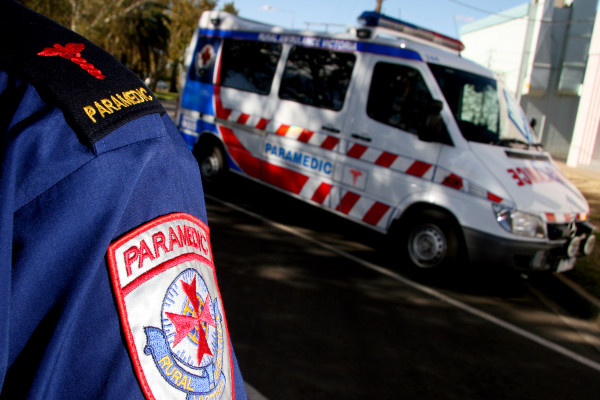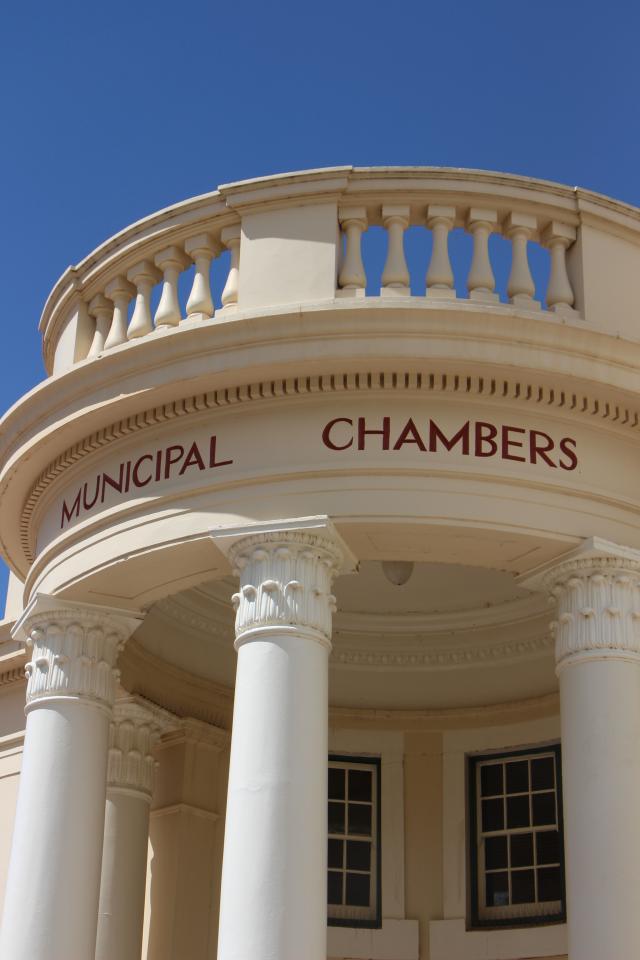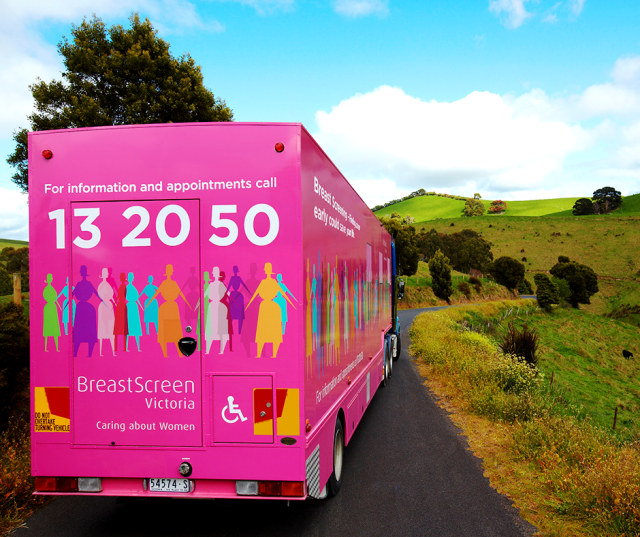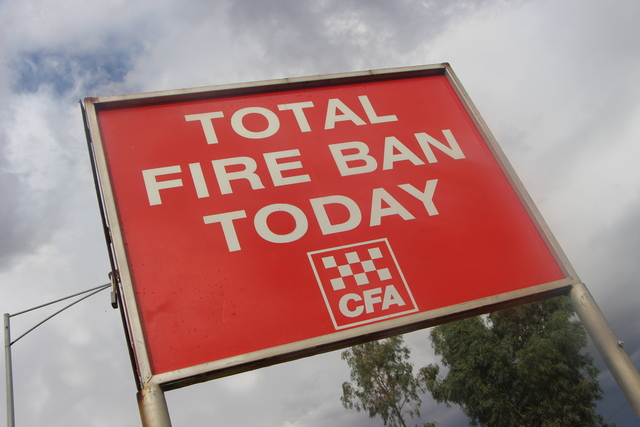AMBULANCES are arriving to time-critical “lights and siren” patients quicker than the same reporting period 12 months ago, according to new performance data.
Ambulance Victoria response data for January-March shows paramedics attended 134 cases, with 41 per cent of cases responded to within the 15-minute target. The average Code 1 response time for the first three months of the year was 22 minutes, 50 seconds.
In the same reporting period in 2021/22, ambulances arrived to patients 37 per cent of the time within 15 minutes, with a response time of 23 minutes, 32 seconds. There were a slight increase in Code 1 cases, with 138.
It’s also the slowest response time for the entire 2022/23 financial year.
Ambulance Victoria Loddon Mallee regional director Amelia Kohn said ambulance performance improved thanks to reduced demand and fewer staff furloughed due to COVID-19.
“January to March saw ambulances called to 92,413 Code 1 cases across Victoria, which provided some welcome relief to our hard-working paramedics who faced rising demand during the pandemic,” Ms Kohn said. “That’s 7825, or 7.8 per cent, fewer lights and sirens cases compared to the previous quarter – which was the busiest in our history with more than 100,000 cases.
“We thank the community for helping us relieve pressure on our paramedics and the health system by saving Triple Zero (000) for emergencies.”
From January to March, paramedics across Victoria responded to 65.2 per cent of Code 1 cases within the state-wide average target of 15 minutes – up from 60.2 per cent in the previous three months.
The state-wide average response time to Code 1 emergencies was 15 minutes, 20 seconds – an improvement of one minute, 24 seconds.
In the Loddon Mallee region, performance against the 15-minute target improved in the Mount Alexander, Macedon Ranges, Buloke, Campaspe, Greater Bendigo and Mildura local government areas.
Buloke’s average response time dropped from 30 minutes the previous three months to 25 minutes, 56 seconds.
Loddon Shire’s average response time had also dropped from 28 minutes, 29 seconds to 25 minutes, 19 seconds.
Ms Kohn said along with reduced demand, a drop in staff furloughed due to COVID-19 at Ambulance Victoria, and across the entire health system, made a real difference.
“This helped speed up the handover of patients at hospitals and allowed to us get back on the road quicker to attend more life-threating emergencies,” Ms Kohn said.
But Ms Kohn said now was not a time to be complacent.
“We know demand is already rising again and will continue to do so as we head towards winter,” Ms Kohn said.
“That’s why I encourage all Victorians take care of themselves and keep regular check-ups with your GP or specialist and get your COVID-19 booster and annual flu shot.”







